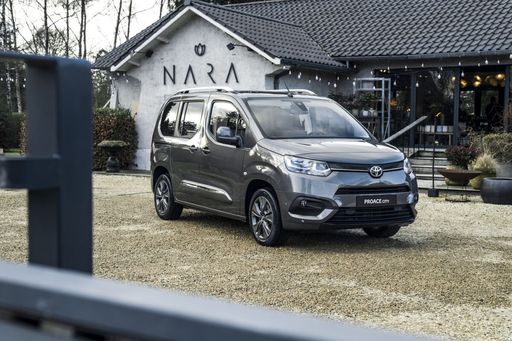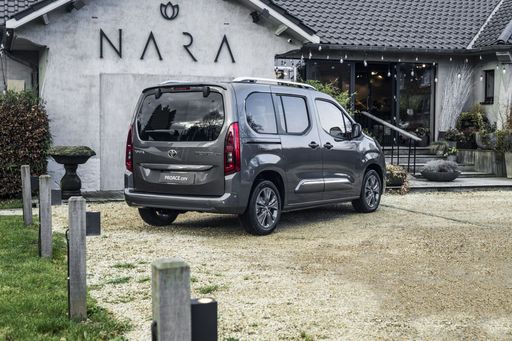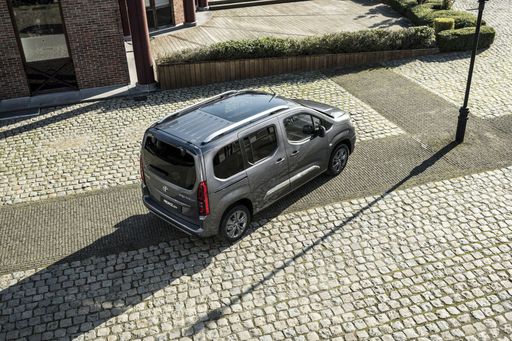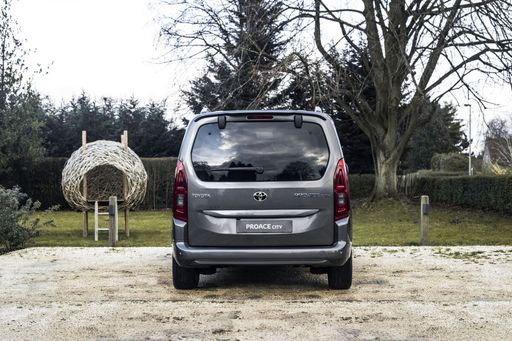Battle of the Family Haulers: Mercedes Vito Bus vs. Toyota Proace City
The desire for spacious and reliable transport solutions has driven the development of versatile multi-passenger vehicles. Enter two stalwarts of the category: the Mercedes Vito Bus and the Toyota Proace City. Both designed for comfort and practicality, these two models have more to offer than just ample seating. Let’s dive into the nitty-gritty details of these wagon titans and see how they measure up against each other.







